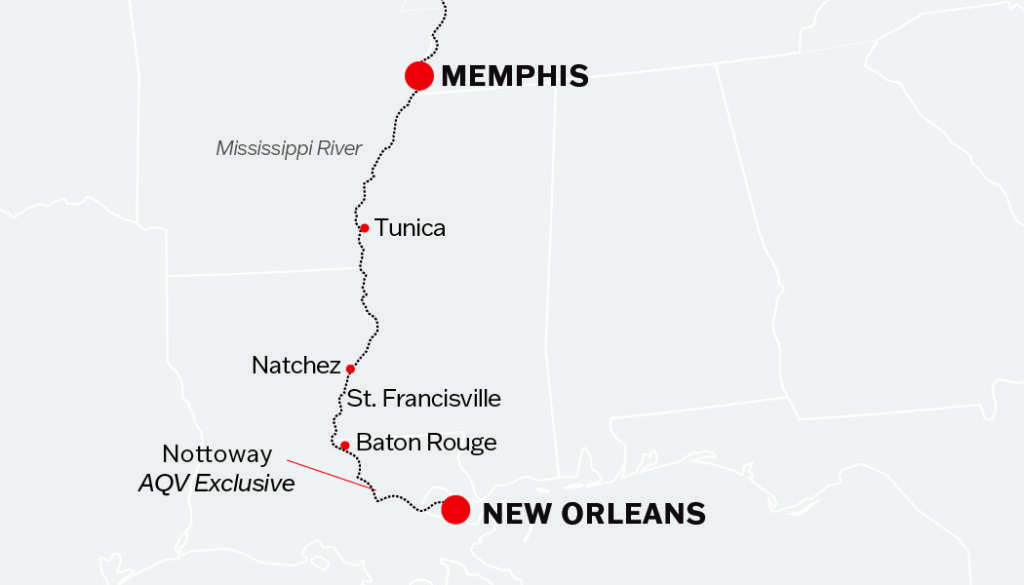Natchez your average port of call
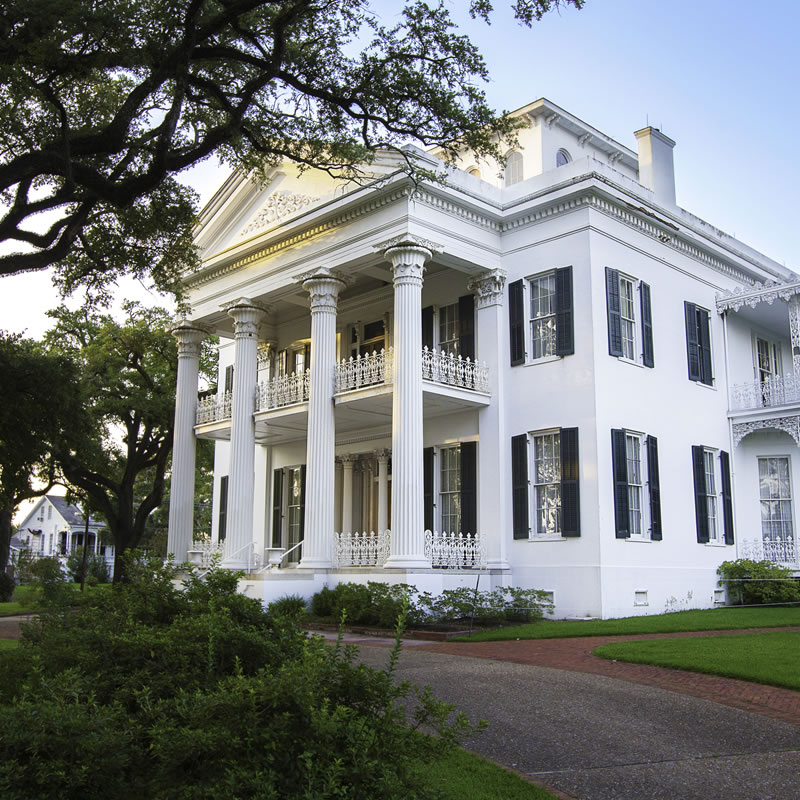
Featuring Karen Revell and Laura Stone as they reminisce on their Lower Mississippi River cruise aboard American Duchess in late 2019.
We know there’s nothing quite like personal experience. It’s the little things. The smells, the music, the colours, the people you meet, the food you taste and the joys you discover that all add up to your opinion on a port of call – right?
In November 2019, before the world went mad, our special Key Partnership Managers, Karen Revell and Laura Stone, took a trip on the gorgeous paddlewheeler, American Duchess. We’ve asked them to take a deep dive into different ports of call for us in this series. Today’s episode features Natchez, Mississippi.
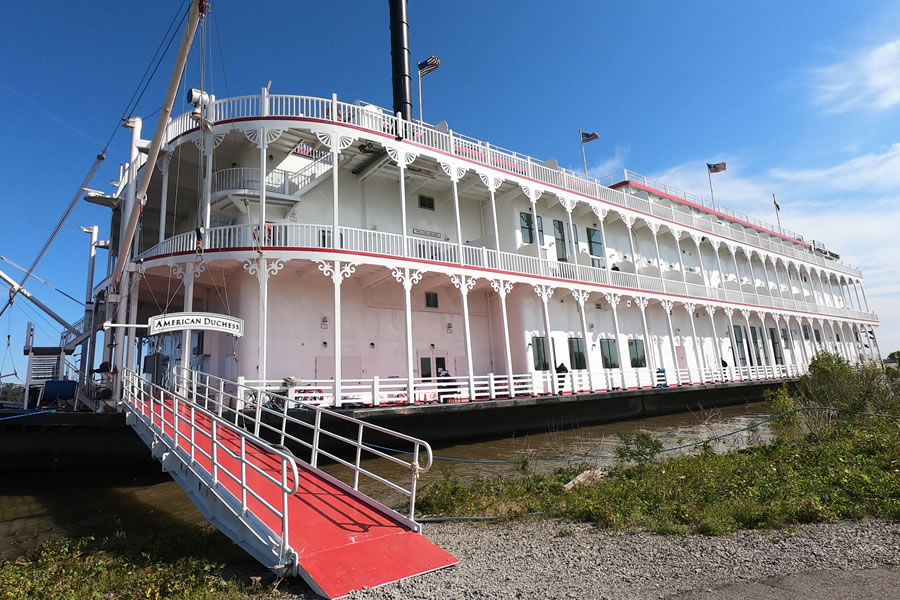
Natchez is some 90 miles (140 km) southwest of Jackson, the capital of Mississippi, which is located near the centre of the state. It is approximately 85 miles (137 km) north of Baton Rouge, Louisiana, on the lower Mississippi River. Natchez was named for the Natchez tribe of Native Americans, who with their ancestors, inhabited much of the area from the 8th century AD through the French colonial period. Natchez was a prominent city in the antebellum years, a centre of cotton planters and Mississippi River trade.
Great Expectations

Laura said that of her expectations of Natchez…
“I knew that Natchez was a key part of Mississippi history being a main location for trade and was the capital prior to Jackson. I also had heard it was on of the main location for black slavery trade in the States back in the 1800s.
This little town was a really lovely town with a lot of the historic architecture remaining in fantastic condition. We went to see the Melrose Estate which was built in 1845, and a lovely brown brick plantation home fully decorated with furniture of the previous owners. This house along with the William Johnson House and Fort Rosalie form the Natchez National Historic Park as it is one of the most intact antebellum estates in the South. We then went to the Rosalie closer to town which was built in 1823. This house was actually used by the Union Solders as their headquarters. Something I really loved about this house, not only was it still furnished with the furniture of the Wilson family from the 1850’s, but they also have the clothes of the times on display- you can see the wedding dresses, children’s clothes, and men’s attire all on display.
We also walked Franklin Street and had a nice warm lunch of “biscuits” and soup- which is something Natchez is well known for.
We then went on to see the Natchez Museum of African-American Culture, which was truly eye opening and a fascinating look into the history of slavery in the town. They had lots of exhibits on display and information on Richard Nathaniel Wright, one of the first African-American writers, and author of the book “Black Boy”.” said Laura
It was really lovely to walk the streets of this lovely town and see the history first hand.
Laura Stone
Karen says, “Again I feel bad in saying that I had not researched on what to expect – but by this stage I was actually enjoying the surprise of what each town offered on arrival. Natchez didn’t disappoint in any way. Whilst it was a rather gloomy day it didn’t stop Laura, Andre & myself from walking around the town. We visited Bluff Park where we stopped and admired the view from the rotunda. We then walked and explored the town, visiting the Natchez Visitor Centre which was really great! We also visited the Rosalie Mansion which I enjoyed. I guess if I am honest I didn’t have any expectations of Natchez – I had learnt that I was going to be impressed with whatever I saw.”
Highlights
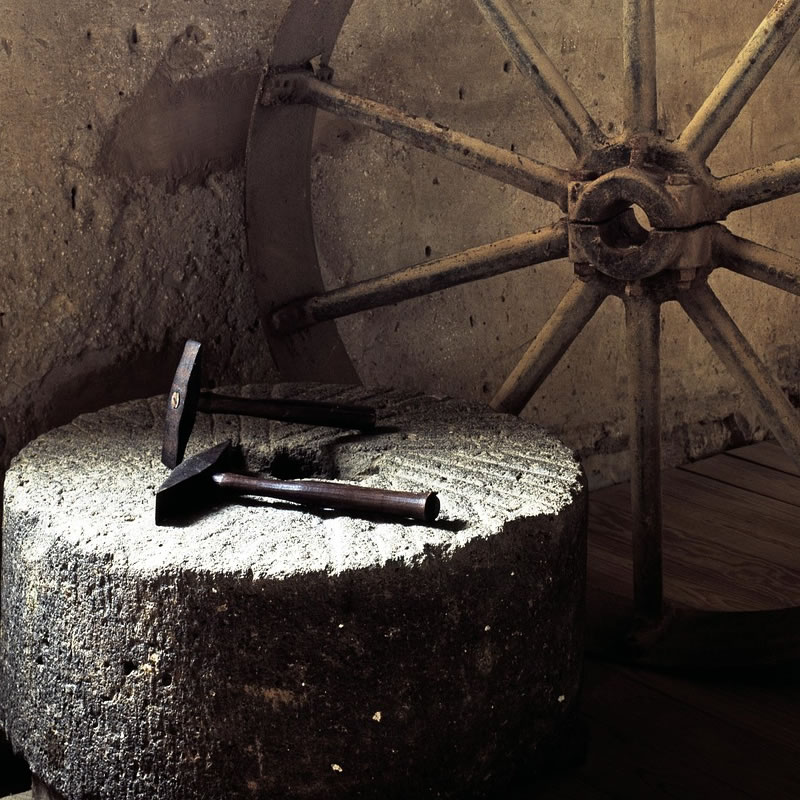
I really enjoyed the Museum of African-American Culture. They really captured this history in a way that made you feel what it was like to be alive in the 19th Century.
Laura Stone
We asked Karen for her highlight of the day. “My highlight today was visiting Rosalie Mansion and learning about the story behind the mansion. In 1716 the French built a fort on the bluffs of Natchez and named it Rosalie in honour of the Countess of Pontchartrain. In 1820 Peter Little came to Natchez at the age of 17 purchased a portion of the land to build his home. He decided to keep the name Rosalie in honour of the fort and its settlers. He became great friends with the ferryboat owner, Jacob Lower and his family. In 1806 an outbreak of yellow fever quickly took Jacob’s life and soon after his wife also became ill with the disease. She asked Peter to take care of her daughter Eliza. Peter agreed and he did what he felt was best for her and he married her. Peter was 25 at the time and Eliza was 14. The marriage was in name only. Peter sent Eliza to school in Baltimore, but over time deep love blossomed between them. When Eliza returned to Peter after finishing schooling she was a very educated and sophisticated young lady. In 1823 when Rosalie the house was completed, Peter and Eliza moved into their new home. They never had children of their own, but the sound of children filled their home for many years. In 1816 Eliza helped found the Natchez Children’s Home and many of those children found a loving home at Rosalie. Peter & Eliza remained deeply devoted to each other and were married for 45 years. In 1853 Eliza died of yellow fever and three years later Peter died. To me it was such a romantic story – something just made it such a special visit and I really enjoyed it.” said Karen.
Interesting Facts
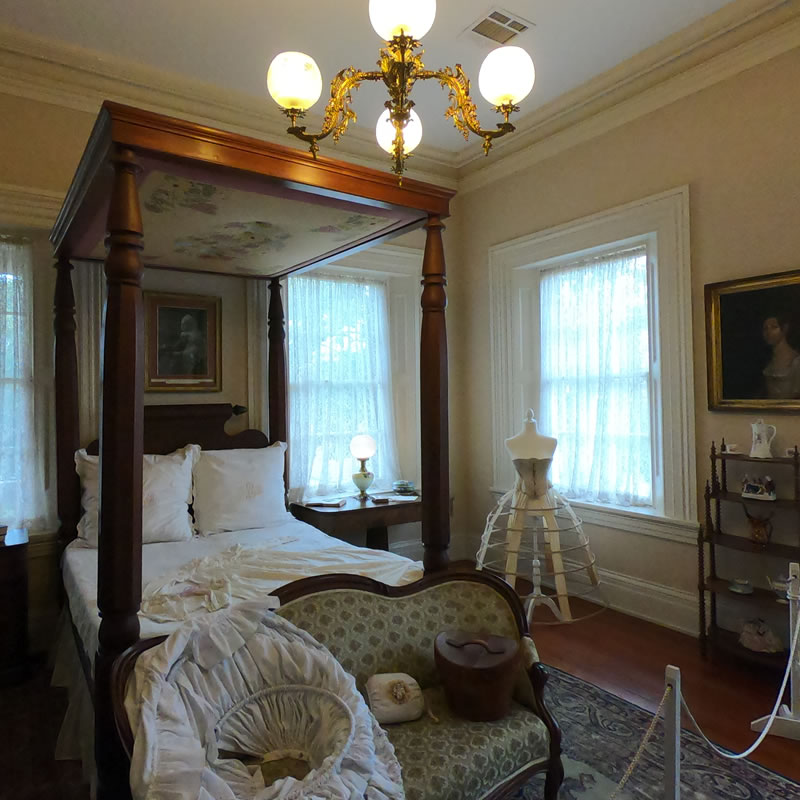
Before the civil war, Natchez had the most millionaires per capita of any city in the United States which made it the wealthiest city in the nation at the time. Plus Natchez also had the largest community of free people of colour in Mississippi before the civil war.
Karen Revell
Laura was fascinated to learn how the original inhabitants, the Natchez Indians lived. She said, “The history of the Natchez Indians was really interesting and how they held this land for farming and mound building prior to the French taking over. We didn’t get to visit this, but they actually have preserved some of these mounds at the Grand Village of the Natchez and Emerald Mound. I also learnt about the Natchez Trace and how Natchez was the southern point of this historic Trace. Captains and crew of flatboats, and keelboats along the Mississippi used to unload all their cargo in Natchez or New Orleans and then travelled by the Natchez Trace home overland. This was prior to steamboats being developed in 1800’s when the Mississippi was too strong to travel northwards on. You are still able to travel the Natchez Trace Parkway from Natchez.
“
Physicality
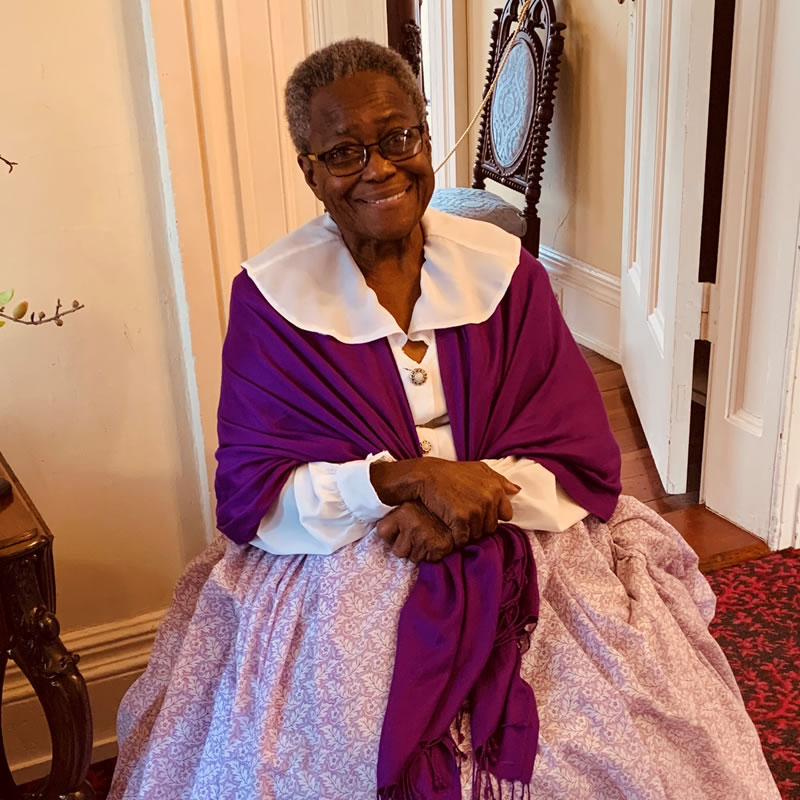
Karen says, “With the hop on hop off bus stopping at all the major points of interest, it definitely isn’t necessary to walk – however we did walk quite a bit and it was very pleasant and enjoyable.”
Lasting Impressions
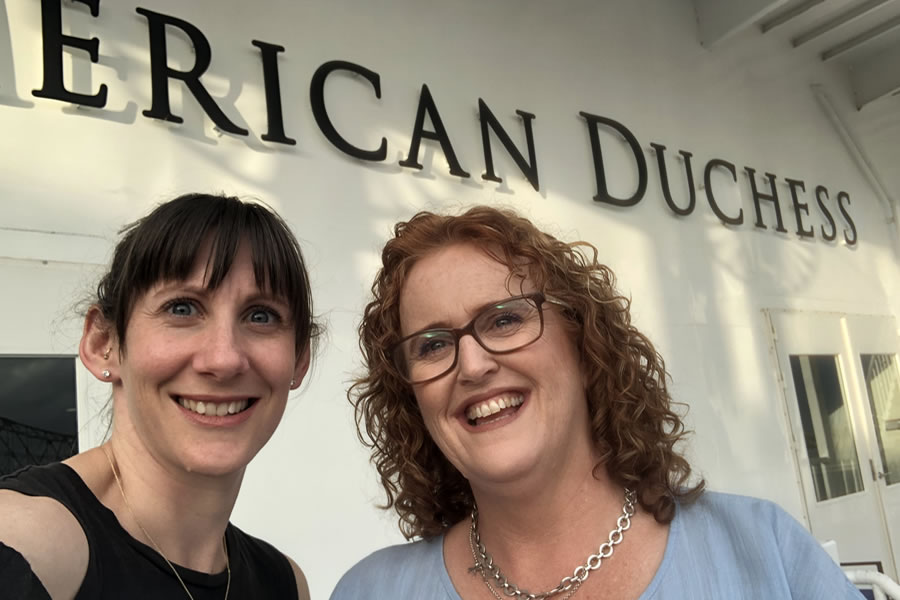
The antebellum homes and even the fact that Natchez was maybe most famous for its annual pilgrimage which started in 1932 and it was where people toured the grand antebellum homes and their gardens. Natchez is definitely worth a visit – especially if you like seeing beautiful homes and visiting destinations that are off the beaten path for most travellers.
Karen Revell
Laura’s final word on Natchez was “I found this town had a bit for everyone. History and culture, architecture, music, scenery (check out the view over the Mississippi) and of course their own specialty cuisine (southern comfort food and biscuits). I’m sure it will not disappoint those visiting the region.”


